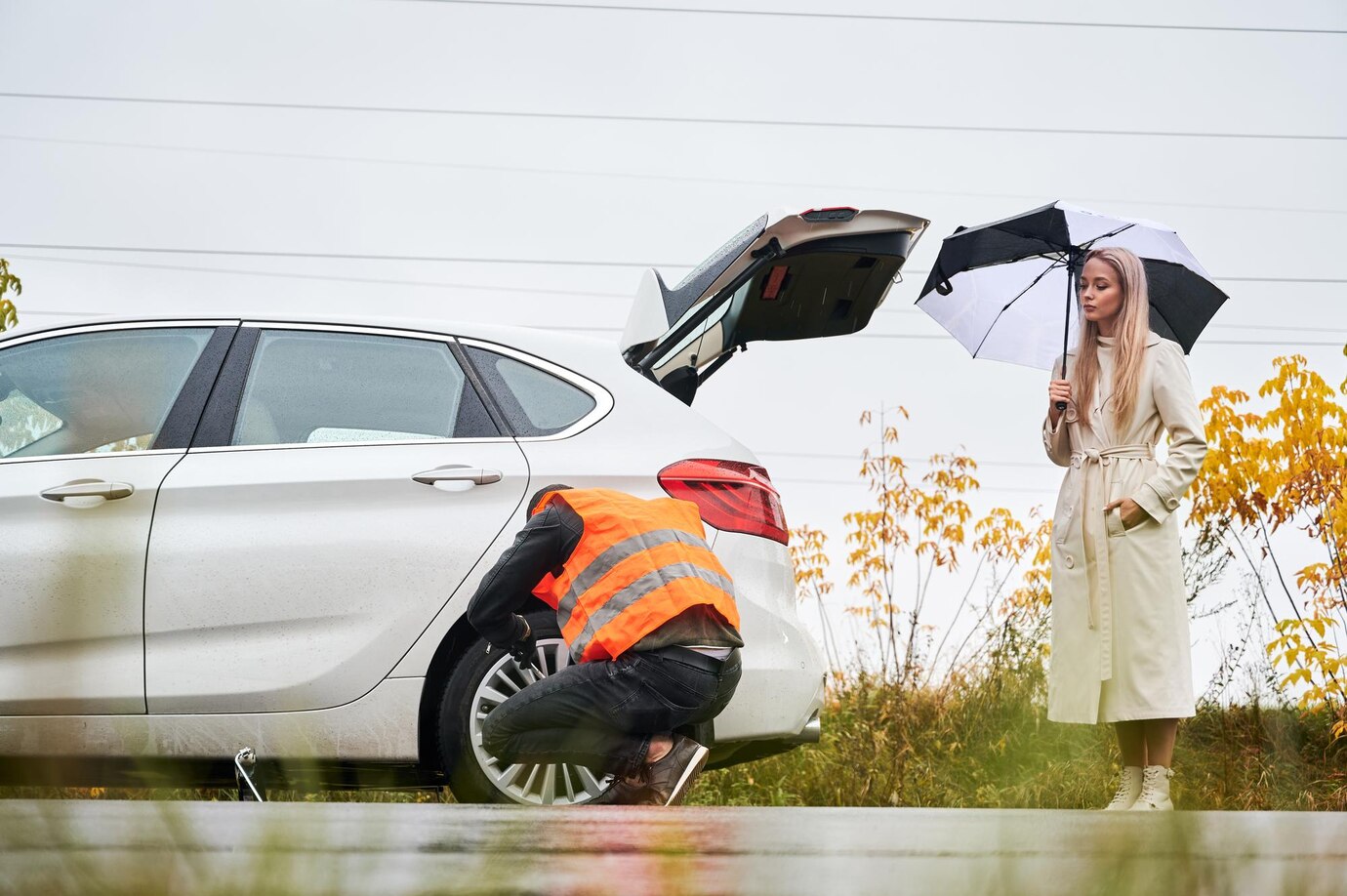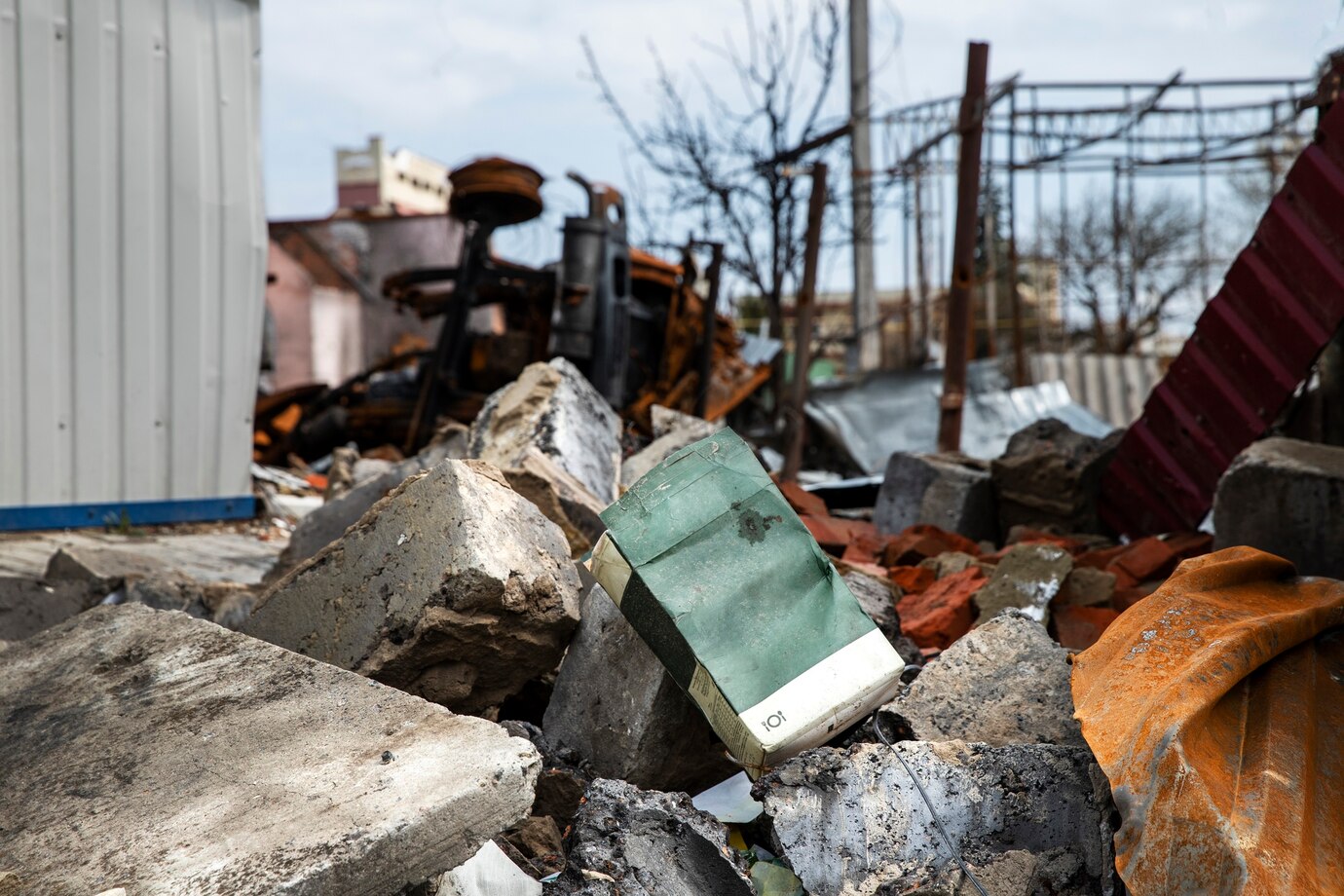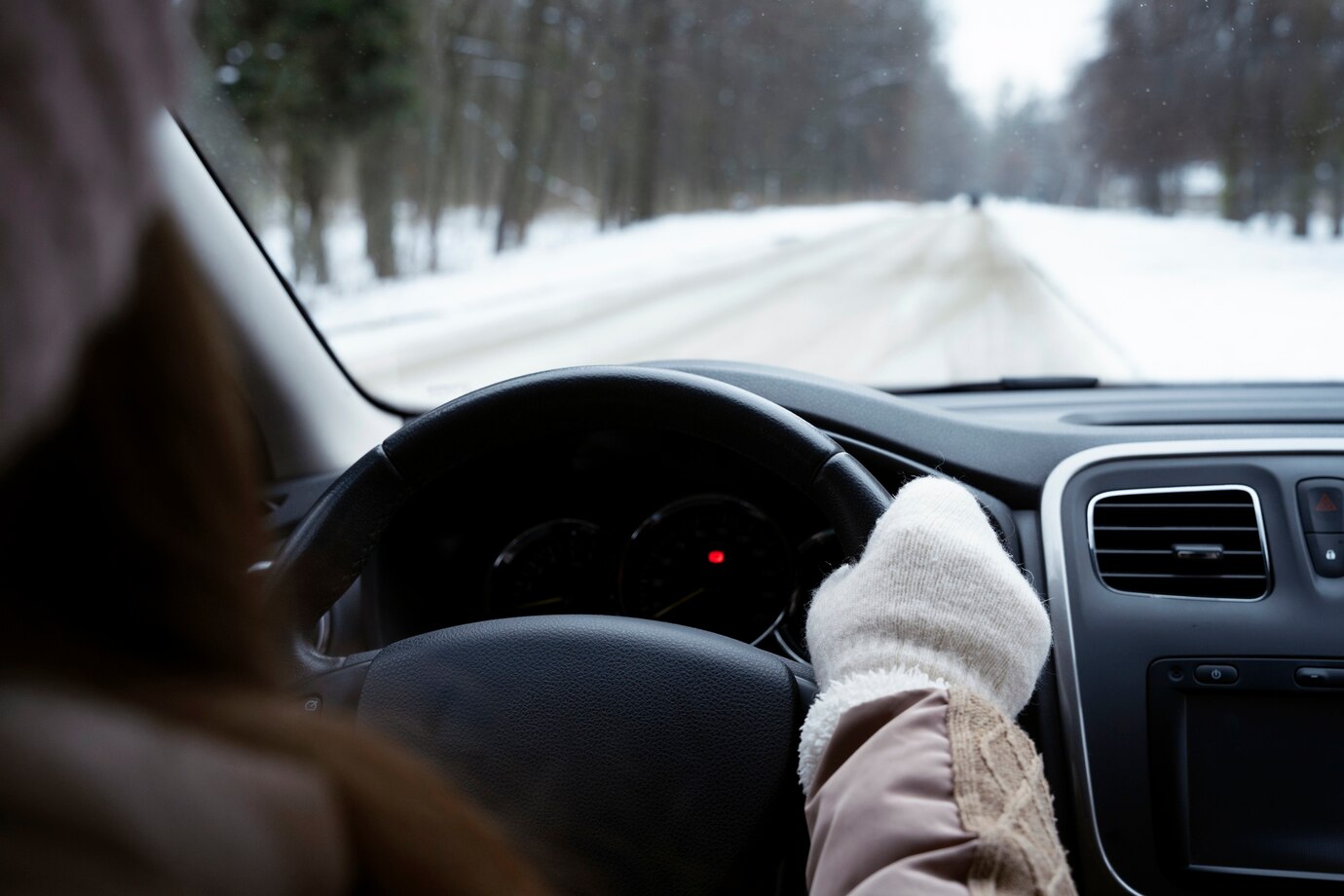Driving in Colorado during the winter is no joke. Between black ice in Boulder, whiteouts on I-70, and surprise snow squalls in Colorado Springs, winter conditions bring serious risk. It only takes one storm to turn your commute into a potential insurance claim.
Before the snow starts to fall, now is the time to review your auto insurance policy. Many Colorado drivers assume they have “full coverage,” but that phrase doesn’t mean what most think. Let’s break down what your policy really covers and what it needs to cover to keep you protected on winter roads.
1. Do You Have Collision Coverage?
Collision coverage pays to repair or replace your vehicle if you hit another car, a tree, or slide off the road in icy conditions. It doesn’t matter who’s at fault—if your car is damaged, this coverage kicks in.
Why it matters: During winter, accidents spike. Sliding through an intersection or into a guardrail isn’t unusual when roads are slick. Without collision, you’re paying out of pocket for repairs.
Pro Tip: Choose a deductible you can actually afford in an emergency. A $1,000 deductible might save on premiums, but it can hit hard after a winter accident.
2. Comprehensive Coverage: It’s Not Just for Theft
Comprehensive covers non-collision events, including:
- Hail damage (a year-round issue in Colorado)
- Falling tree limbs from heavy snow
- Vandalism or theft during ski trips
- Wildlife collisions (deer don’t care if the road is icy)
Don’t skip this just because your car is older. Repair costs are high, and one heavy branch could total a vehicle.
3. Roadside Assistance: A Must in the Mountains
Getting stuck in snow or having your battery die on a remote Colorado road isn’t just inconvenient—it can be dangerous. Roadside assistance can cover:
- Towing
- Winching you out of a snowbank
- Dead battery jump-starts
- Lockouts
- Emergency fuel delivery
Some policies include it; others offer it as an add-on. Make sure you know what’s included and what the limits are. Also, check if there’s a mileage cap for towing.
4. Rental Reimbursement: Your Back-Up Plan
If your vehicle is in the shop after a winter wreck, rental reimbursement helps cover the cost of a temporary vehicle.
Important detail: This only applies if the damage is from a covered loss (like a crash). It doesn’t apply if your car simply breaks down. Limits vary—make sure it covers a vehicle big enough for your needs (like an AWD SUV for mountain travel).
5. Liability Coverage: Don’t Skimp
Liability pays for injuries or damage you cause to others. Colorado’s minimum limits are far too low to protect you in a serious crash—especially with medical bills as high as they are today.
Recommended minimum: $100,000/$300,000 for bodily injury and $100,000 for property damage. Better yet? Pair it with an umbrella policy.
6. Uninsured/Underinsured Motorist Coverage (UM/UIM)
Winter roads increase the risk of accidents, and not everyone on the road is insured properly. UM/UIM protects you if you’re hit by a driver who has little or no coverage.
Colorado has a relatively high percentage of uninsured or underinsured drivers. This protection is essential.
7. Know Before You Go
- Always carry proof of insurance in your glovebox and on your phone.
- Store your agent’s contact info in case you need help with a claim.
- Make sure your policy is current and reflects your correct address, vehicle, and usage.
8. Bonus Tips for Safe Winter Driving
- Switch to winter tires for better traction
- Keep an emergency kit with blankets, snacks, water, and flares
- Don’t use cruise control in icy conditions
Winter in Colorado is beautiful—and brutal. Review your policy now so you’re not stuck on the side of I-70 with regret.











